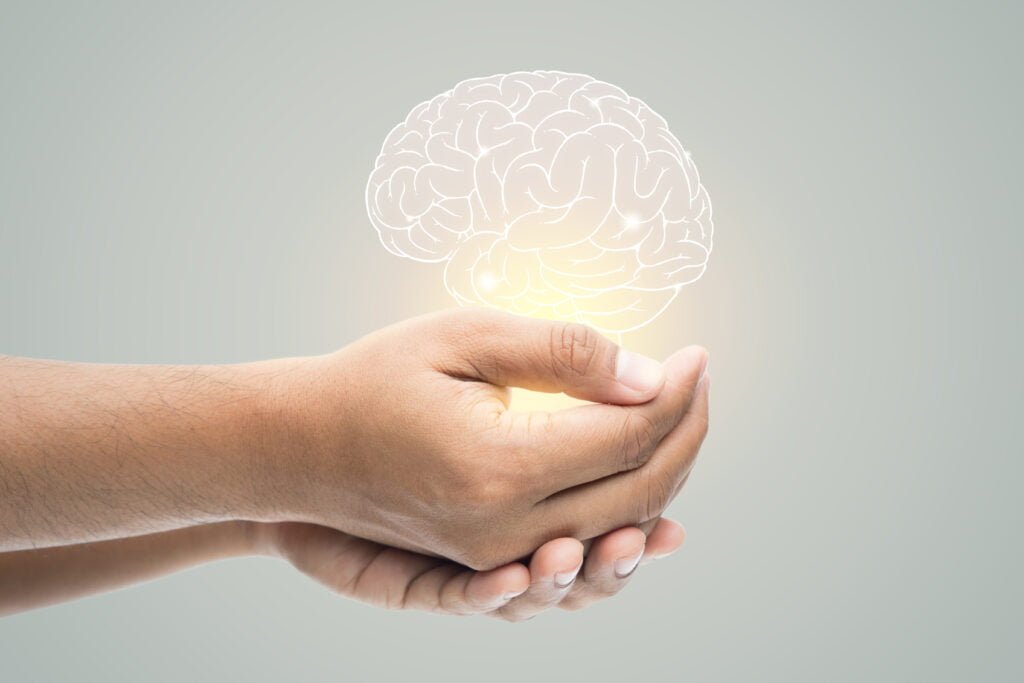Humour! Who doesn’t love a good laugh? Humour is a universal language that has the capacity to bring people together, uplift our spirits, and slightly brighten our lives. It’s better with the rise of comedians in our country. Plus, there is something for everyone, whether it’s dad jokes or slapstick comedy. But have you ever considered why some things make us laugh while others don’t? Why do only certain friends find you funny? Well, let’s dig into that today and see how our brain reacts to humour!
Let’s Understand The Anatomy Of Funny
We know you might not pause in the middle of a laugh to think about neuroscience but give it a shot! There’s actually a whole area of study related to this. That’s right, Gelotology is the scientific study of laughter and the psychological and physiological consequences it has on the body. Humour is a more complex cognitive process than we might imagine.
1) Brain Areas involved:
According to research, the prefrontal cortex, the amygdala, and the insula are the brain’s three main regions involved in humour processing.
- Front Lobe: The frontal, parietal, occipital, and temporal lobes make up this region. According to university experts, while digesting something funny, the frontal lobe of the brain is the first area to activate. When the frontal lobe detects something that might be amusing, it allows the humour to take hold and sends an electrical impulse into the cerebral cortex. The rest of our body then reacts with surprise, joy, and laughter. The outcome can range from a slight chuckle to a full-on belly laugh.
- Cerebral Cortex: There are left and right hemispheres in the cerebral cortex. The Right is for creativity and spatial awareness, while the Left is for language and reasoning. Both work together for most tasks, including humour processing. The joke’s structure and content are processed by the left hemisphere, which also examines the words and syntax to comprehend the setup and punchline. On the other side, the right hemisphere controls the “aha” moment, the understanding of the joke’s significance, and the accompanying emotional response.

- The Prefrontal cortex: As the name suggests, it is a region of the brain at the front, that is in charge of planning, and decision-making. It’s the part of the brain that aids in understanding the nuances of humour, such as wit, irony, and sarcasm.
- Amygdala: When we experience something unexpected or find something hilarious, the amygdala is triggered. It is essential for recognising humour and setting off the laughter response.
2) The Role Of Neurotransmitters:
So, some chemicals called neurotransmitters are used by neurons in the brain to communicate with one another. They control our feelings, actions and thoughts. Dopamine, serotonin, and endorphins are among those involved in the processing of humour.
- Dopamine: We are sure you’ve heard this name a lot. It is a neurotransmitter that has been associated with reward and pleasure. It’s released whenever we enjoy anything, such as eating our favourite cuisine, listening to our favourite music, or laughing at a hilarious joke.
- Serotonin: Another one is serotonin. Because it controls our mood and makes us feel content and happy, this neurotransmitter is often referred to as the “feel-good” neurotransmitter.
- Endorphins: This is the Chemical released with physical activity, thrills, and laughter. It energises us and acts as a natural painkiller, which enhances how much we enjoy hilarious situations.
And Oh The Benefits!
It goes without saying that when we laugh, we feel terrific. But how exactly does it benefit our body? Well, it has been proven that laughing increases the production of antibodies, which can aid in the defence against disease and illness. A temporary rise in heart rate and blood pressure can be brought on by laughing, which is then followed by a relaxation reaction that can lower blood pressure.
The body’s levels of stress hormones can be lowered by laughing, which promotes calmness and relaxation and the increase in serotonin can make you feel better. Additionally, finding humour in difficult situations can promote resilience and coping abilities.
But Are There Any Differences?
Humour is a very subjective thing, right? Let’s look at the different factors that can possibly lead to these differences.
- Culture: Our cultural background affects how we perceive and value humour. Something that is humorous in one culture might not be in another. For instance, whereas humour in Eastern cultures frequently emphasises communal harmony, comedy in Western cultures tends to be more personal.
- Personality: Our personal characteristics can have an impact on our sense of humour. Slapstick humour may be preferred by some, while more cerebral or observational humour may be preferred by others. Our tastes for humour can also be influenced by our personality qualities, such as extraversion and openness.
- Context: How we interpret a joke depends on the setting in which it is presented. A joke that works in one situation could not work in another. An outrageous joke, for instance, could be entertaining among friends but offensive in a formal situation.
- Age: Of course, as we become older and have more life experiences, our sense of humour changes. Physical humour, such as tickling or stupid faces, may amuse young children, although older adults may prefer more sophisticated humour.
Now that you know how your brain reacts to laughter, what are the benefits and how it could be subjective, don’t be afraid to crack a joke or two!













Leave feedback about this